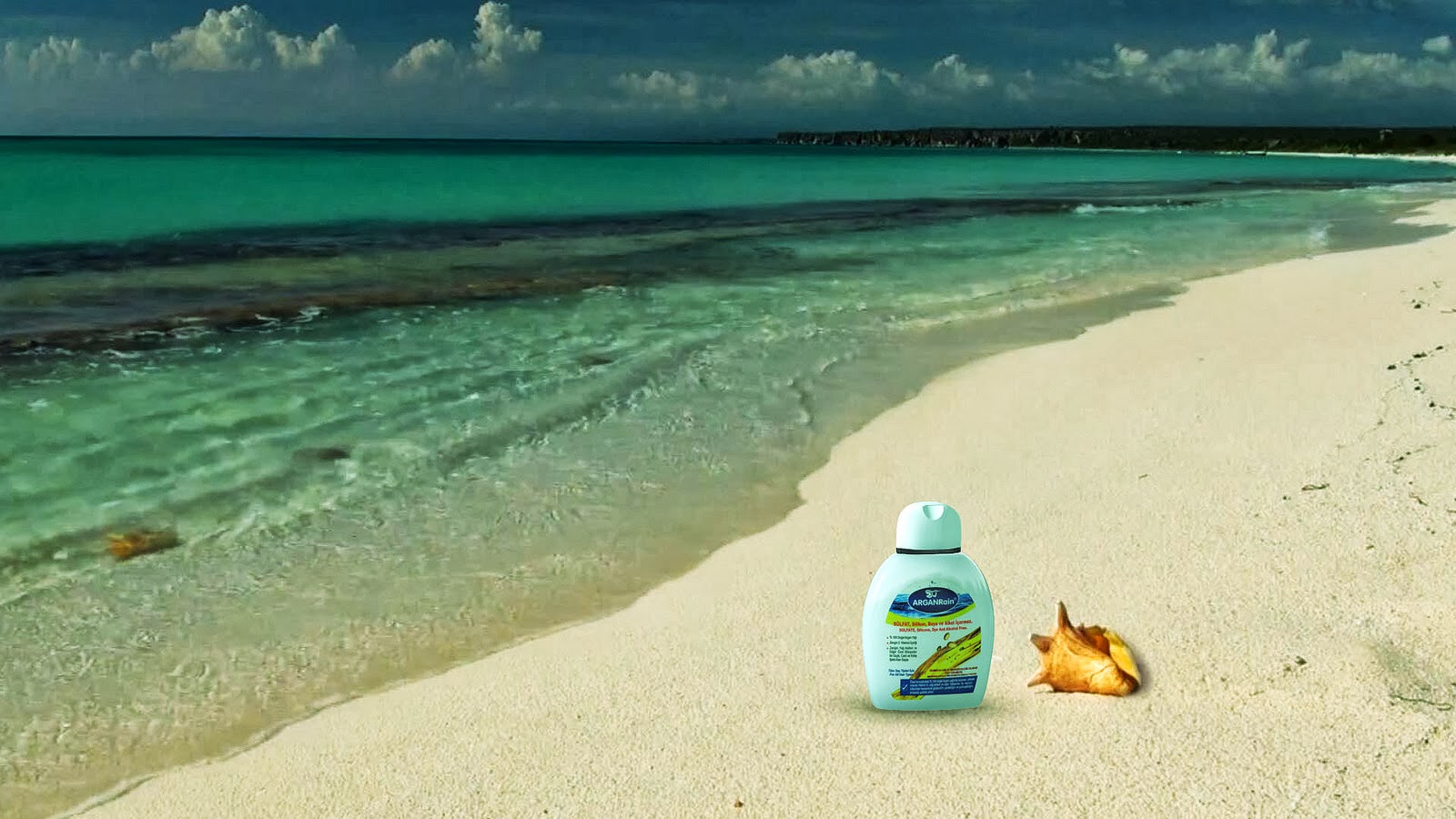Scarring alopecia, also known as cicatricial alopecia, refers to a collection of hair loss disorders that may be diagnosed in up to 3% of hair loss patients. It occurs worldwide in otherwise healthy men and women of all ages.
Each specific diagnosis within this category is fairly rare, but some examples include dissecting cellulitis, eosinophilic pustular folliculitis, follicular degeneration syndrome (previously called "hot comb" alopecia), folliculitis decalvans, lichen planopilaris, and pseudopelade of Brocq, to name a few. Scarring alopecia may also be part of a much larger condition such as chronic lupus erythematosus, where many organs of the body can be affected.
Recommended Related to Hair Loss
Understanding Hair Loss
Although you can't reverse natural balding, you can protect your hair from damage that may eventually lead to hair thinning. Many people put tremendous stress on their hair. Hair dryers, hot curlers, hair dyes, permanent and hair straightening products, and chemical-laden cosmetics may cause dry, brittle, and thinning hair. To prevent hair damage that may cause hair loss, follow these tips: Go natural: Leave your hair its natural color and texture. If that is not an option for you...
Read the Understanding Hair Loss
While there are many forms of scarring alopecia, the common theme is a potentially permanent and irreversible destruction of hair follicles and their replacement with scar tissue.
Most forms of scarring alopecia first occur as small patches of hair loss that may expand with time. In some cases the hair loss is gradual, without noticeable symptoms, and may go unnoticed for a long time. In other instances, the hair loss is associated with severe itching, burning, and pain, and is rapidly progressive.
The scarring alopecia patches usually look a little different from alopecia areata in that the edges of the bald patches look more "ragged." The destruction of the hair follicle occurs below the skin surface so there may not be much to actually see on the scalp skin surface other than patchy hair loss. Affected areas may be smooth and clean, or may have redness, scaling, increased or decreased pigmentation, or may have raised blisters
The scarring alopecia patches usually look a little different from alopecia areata in that the edges of the bald patches look more "ragged." The destruction of the hair follicle occurs below the skin surface so there may not be much to actually see on the scalp skin surface other than patchy hair loss. Affected areas may be smooth and clean, or may have redness, scaling, increased or decreased pigmentation, or may have raised blisters
with fluids or pus coming from the affected area.
These visual indicators may help with diagnosis, but it is difficult to diagnose a scarring alopecia just from the pattern of the hair loss and the nature of the scalp skin. Often when scarring alopecia is suspected, one or more skin biopsies are done to confirm the diagnosis and help identify the particular form of scarring alopecia. A small biopsy of 2 to 4 mm in diameter is taken and examined under a microscope. A pathologist or dermatologist will look for destruction of the hair follicles, scar tissue deep in the skin, and the presence and location of inflammation in relation to the hair follicles.
Often, the early stages of a scarring alopecia will have inflammatory cells around the hair follicles, which, many researchers believe, induces the destruction of the hair follicles and development of scar tissue. However, there is some argument about this among dermatologists, as sometimes a biopsy from a scarring alopecia-affected individual shows very little inflammation.
Scarring alopecia almost always burns out. The bald patches stop expanding and any inflammation, itching, burning, or pain goes away. In this end stage, another skin biopsy usually shows no inflammation around hair follicles. Bald areas usually have no more hair follicles. Sometimes, though, hair follicles, at least those at the periphery of a bald patch, are not completely destroyed and they can regrow, but often all that is left are just a few longitudinal scars deep in the skin to
show where the hair follicles once were.
Special Christmas Offers
“Buy 1, get 1 for free campaign” has began. The campaign
period is in between 13.12.2014 -
01.01.2015.
You can have 2 products for
1 product price.
***After you buy the product , The only thing you need to do
is sending an email with this campaign
code MY09061995B to info@arganrain.com




After trying many shampoos, this product is the best for my hair loss problem. I finally came across this argan rain Hair Care Product. Continuous usage is very important. Each bottle lasts for about 1 month and the difference is perfect. You can trust it and use safely…
YanıtlaSil